Dear Reader, Americans are getting fatter.
THE EVERYTHING Low-Fat, High-Flavor Cookbook
Dear Reader, Americans are getting fatter.
This is an indisputable fact, and it's happening despite lots of focus on no fat, high-protein, low-carb, and low-fat diets. What is going on? Read on and you'll find some possible answers and solutions in this book. As processed food production soared in the last century, heart disease rates started going up along with obesity. I remember when visiting a fast-food outlet for dinner was an occasional (and I do mean occasional!) treat. Now many Americans eat that way every day for at least one meal a day. My mother started cooking healthy foods not necessarily low-fat foods in the 1960s.
She added lots of vegetables, fruits, whole grains, and healthy meats to our diet and eliminated, as much as possible, sweets, processed foods, soft drinks, and salty snacks. I don't remember drinking very much soda, and potato chips were served only during summer cookouts and Christmas Eve dinner (but that's another story!). Researchers are discovering that it's not so much the amount of fat as the kind of fats we eat. The healthiest diet in the world is the Mediterranean diet. This diet isn't low in fat, but it's high in good fats like olive oil and nut oils, as well as fresh fruits and vegetables. That's the framework we should base our diets upon.
The foods in this book follow that pattern. Whole foods, cooked simply with lots of flavor from herbs, spices, condiments, and just plain high-quality produce, seems to be key to feeling and looking good. You'll find that as you reduce the fat and sodium in your meals, you'll start to taste the wonderful flavors fresh food offers. It's a win-win situation. Let's get started! 
Welcome to the EVERYTHING Series!
These handy, accessible books give you all you need to tackle a difficult project, gain a new hobby, comprehend a fascinating topic, prepare for an exam, or even brush up on something you learned back in school but have since forgotten. You can read an
Everything book from cover to cover or just pick out the information you want from our four useful boxes: e-questions, e-facts, e-alerts, e-ssentials.
We give you everything you need to know on the subject, but throw in a lot of fun stuff along the way, too. We now have more than 400 Everything books in print, spanning such wideranging categories as weddings, pregnancy, cooking, music instruction, foreign language, crafts, pets, New Age, and so much more. When you're done reading them all, you can finally say you know Everything!  Answers to common questions
Answers to common questions  Important snippets of information
Important snippets of information  Urgent warning
Urgent warning  Quick handy tips PUBLISHER Karen Cooper DIRECTOR OF ACQUISITIONS AND INNOVATION Paula Munier MANAGING EDITOR, EVERYTHING SERIES Lisa Laing COPY CHIEF Casey Ebert ACQUISITIONS EDITOR Brielle K. Matson DEVELOPMENT EDITOR Elizabeth Kassab EDITORIAL ASSISTANT Hillary Thompson Visit the entire Everything series at www.everything.com
Quick handy tips PUBLISHER Karen Cooper DIRECTOR OF ACQUISITIONS AND INNOVATION Paula Munier MANAGING EDITOR, EVERYTHING SERIES Lisa Laing COPY CHIEF Casey Ebert ACQUISITIONS EDITOR Brielle K. Matson DEVELOPMENT EDITOR Elizabeth Kassab EDITORIAL ASSISTANT Hillary Thompson Visit the entire Everything series at www.everything.com
Dedication
To my sweet husband Doug, who is my strength and happiness.
Introduction
Low fat, no fat, high fat, fake fat: it seems that dietary recommendations over the last twenty years have changed with the wind. What are we supposed to eat? Are fats bad for us, and how much is too much? These are all fair questions, and researchers are trying to answer them.
Decades ago, everyone ate butter, eggs, and meat, yet obesity rates were much lower than they are now. Fad diets have come and gone, and Americans are still getting fatter. It seems that scientists can agree on a few facts. One is that fat, gram for gram, provides more than twice the calories as carbohydrates and protein, the other main molecules in food. And another is that we need fat in our diets. In the middle of the last century, people ate mostly whole foods, that is, foods that are not processed or that have artificial ingredients and added chemicals.
Snack foods, fast food, and junk food were not readily available. Many of us, in fact, had fast-food meals just as a treat, about once a month or so! And we were much more active than we are today. Today the emphasis is more on good fat than super-low or no fat. We have to eat fat in order to absorb vitamins and obtain the essential fatty acids that are necessary for cell growth and production. The trick is to eat fats that are healthy. Monounsaturated fats, found in olive oil, nuts, and avocados, among other foods, may actually help reduce the risk of heart disease and they're delicious! It's easy to transform recipes to use these healthy fats, and you'll love how your food tastes.
Low fat is defined as 30 percent of calories from fat. Most Americans currently get 35 to 40 percent of their daily calories from fat, so while transforming your diet to a low-fat diet is a change, it's not that drastic. Simple changes in the way you cook, cutting down on fat in recipes, and adding flavor with healthy, delicious ingredients will soon become second nature. The only truly bad fat is hydrogenated fat, also known as trans fat. These artificial fats should be avoided as much as possible. Other fats, including saturated and polyunsaturated fats, can be eaten in moderation.


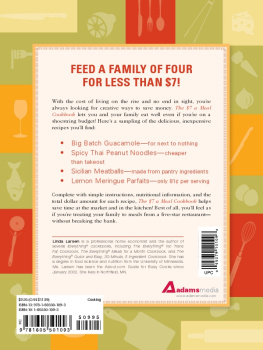
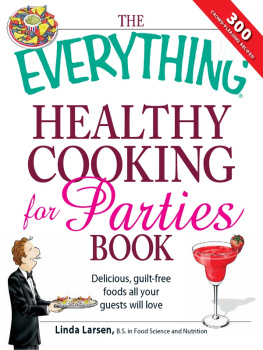
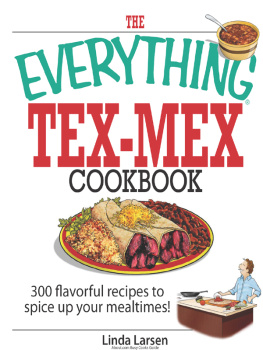
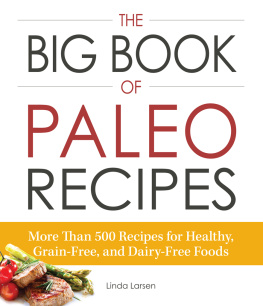
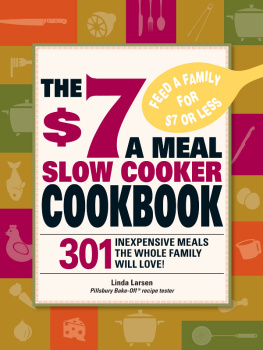
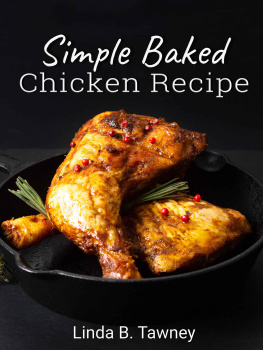


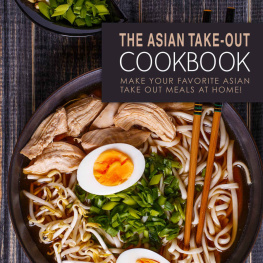

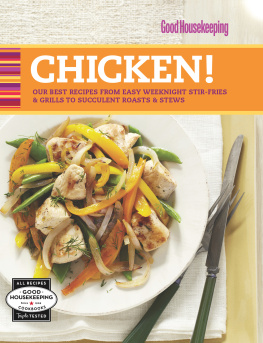
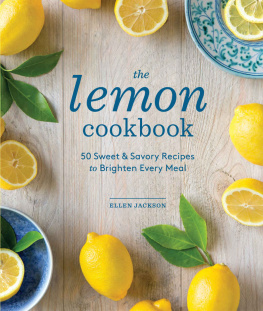


 Copyright 2008, 1998 by F+W Publications, Inc. All rights reserved.
Copyright 2008, 1998 by F+W Publications, Inc. All rights reserved.
 Answers to common questions
Answers to common questions  Important snippets of information
Important snippets of information  Urgent warning
Urgent warning  Quick handy tips PUBLISHER Karen Cooper DIRECTOR OF ACQUISITIONS AND INNOVATION Paula Munier MANAGING EDITOR, EVERYTHING SERIES Lisa Laing COPY CHIEF Casey Ebert ACQUISITIONS EDITOR Brielle K. Matson DEVELOPMENT EDITOR Elizabeth Kassab EDITORIAL ASSISTANT Hillary Thompson Visit the entire Everything series at www.everything.com
Quick handy tips PUBLISHER Karen Cooper DIRECTOR OF ACQUISITIONS AND INNOVATION Paula Munier MANAGING EDITOR, EVERYTHING SERIES Lisa Laing COPY CHIEF Casey Ebert ACQUISITIONS EDITOR Brielle K. Matson DEVELOPMENT EDITOR Elizabeth Kassab EDITORIAL ASSISTANT Hillary Thompson Visit the entire Everything series at www.everything.com